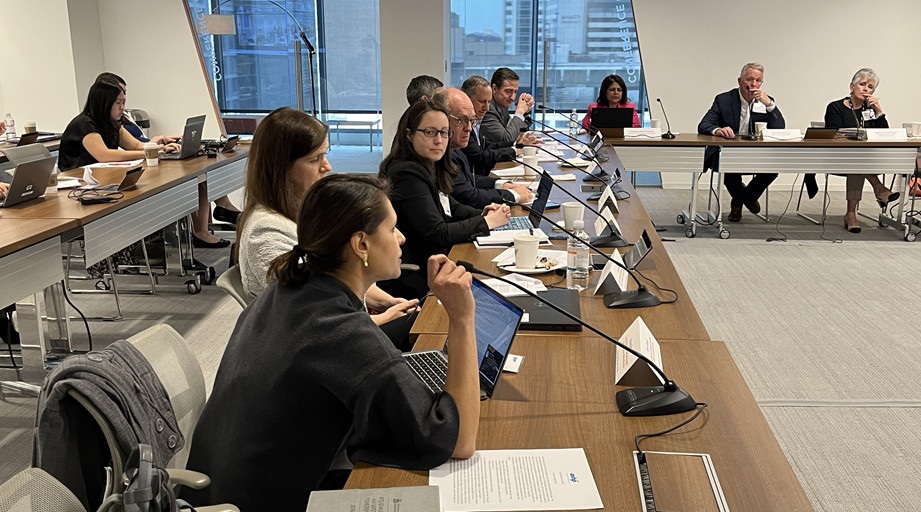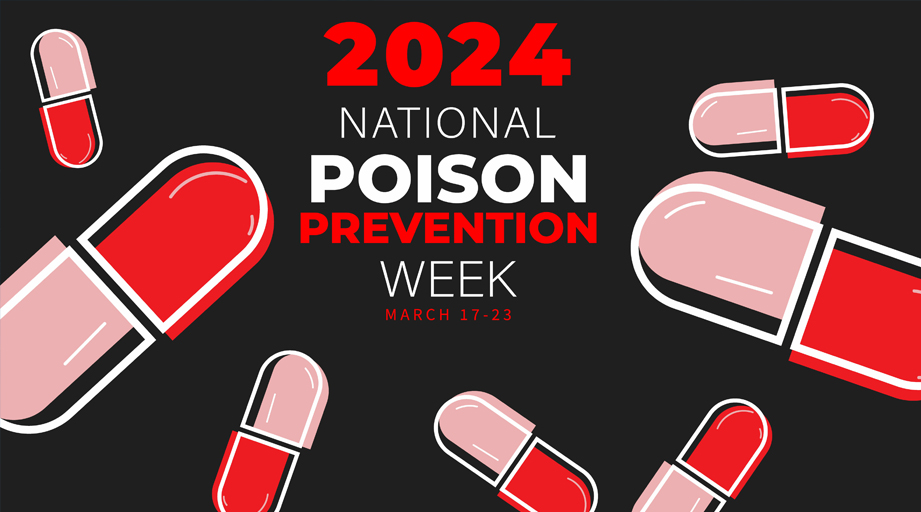
Clinicians from three Kaiser Permanente divisions have advice for healthcare providers who want their patients to accept and succeed with treatment plans that reduce the use of opioids for the alleviation of chronic pain.
“Be empathetic,” said Quan Nguyen, Assistant Area Medical Director for Kaiser Permanente of Orange County, Calif., during the Tuesday morning session Focus on Triple Aim Objectives: A Population Health Approach to Opioid Use Improvement, presented during the 53rd ASHP Midyear Clinical Meeting in Anaheim, Calif.
Nguyen described the AIDET (Acknowledge, Introduce, Decision, Explain Treatment) approach as one that has succeeded for his organization.
“Acknowledge that the person has pain,” Nguyen said. He said this is an important first step for clinicians, because their patients are anxious and want caregivers to believe that the pain is real and the healthcare provider wants to help.
He said clinicians next need to introduce to patients the fact that past practices for the treatment of chronic pain have caused harm, including death from opioid overdoses. New, safer treatment recommendations place much less emphasis on opioids and more on nonopioid and nonpharmacologic methods of pain control, but patients may be unsettled by those changes.
Instead of simply altering the patient’s treatment plan to adhere to current recommendations, Nguyen advised, “Tell them why you’re doing something different.”
He said the “Decision” part of the AIDET approach is an opportunity for clinicians to say that they no longer prescribe the medications or dosages that patients have received in the past. When speaking with patients, Nguyen said, clinicians can explain that the decision is based on evidence, clinical experience, and national prescribing recommendations, and is meant to make therapy safer.
He said empathy is particularly important in the final part of the approach, in which the clinician explains the new treatment recommendations and works with the patient to personalize the treatment plan. He said patients may need to be reassured that the changes will be implemented gradually, and the care team will support the patient throughout the process.
Nevertheless, he said, “it is a hard conversation.”
Elizabeth D. Bentley, Director of Clinical Pharmacy Services for Kaiser Permanente Northwest, said the organization uses a population-based approach to identify patients to target for opioid reduction efforts.
She said about 5 percent of the integrated health plan’s patients who seek treatment for pain have complex medical conditions and high healthcare costs and are most likely to have poor outcomes from opioid use. At the bottom end of the risk profile are the 60–80 percent of patients with easily managed pain and one or more concomitant minor conditions.
The remainder are “rising-risk patients,” she said. This population consists of patients with uncontrolled conditions in addition to pain who haven’t yet reached the high-risk category but could do so without intervention.
“That’s where the opportunity really is to make a difference,” Bentley said. She said pharmacists have many opportunities at Kaiser Permanente to help these patients, such as by monitoring drug therapy, working with patients as they taper off opioid therapy, and providing academic detailing services to clinicians.
She said targeted interventions have led to large reductions, sustained over time, in morphine milligram equivalent dosages prescribed to patients in the northwest division, and Kaiser overall has seen reductions in high-dosage opioid prescribing across the organization.
William D. Gersch, Clinical Pharmacy Specialist in pain management for Kaiser Permanente Colorado, said his division uses a stepped approach to improve opioid prescribing without a large outlay of staff resources.
Gersch said long-term users of opioids are classified as being at low, medium, or high risk for overdose. Factors such as the patient’s substance abuse and psychiatric history, opioid dosage, and concomitant use of benzodiazepines and hypnotics are included in the risk assessment.
He said the low-risk population is monitored passively with the aid of a Kaiser-developed registry of opioid use and related factors, identification of gaps in care, and education of the healthcare team about appropriate opioid prescribing and use.
Gersch said clinicians who care for medium-risk patients receive about two months of “pain e-consult” services from pharmacists and physicians who specialize in pain management. Additional support, such as shadowing the specialists and participating in monthly meetings to share struggles and best practices, are also provided to these clinicians.
Kaiser has determined that the pain e-consults save the health system about $7,770 in healthcare costs per patient annually.







